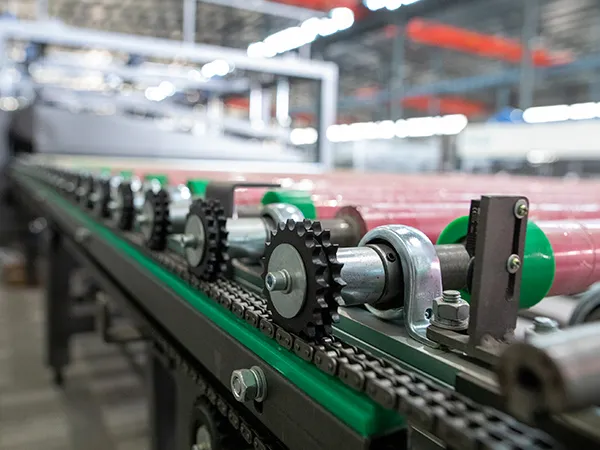What are the intelligent control systems for glass tempering furnaces
The goal of tempering is to heat glass uniformly to near its softening point (around 620°C) and then rapidly cool (quench) it with air jets. This creates compressive stress on the surface and tensile stress in the core, resulting in stronger, safer glass. However, achieving consistent quality (flatness, low distortion, uniform stress, no breakage) across different glass types (clear, coated, Low-E, patterned), thicknesses, and sizes is challenging. Intelligent control systems aim to address these challenges.
Glass Tempering Furnace Intelligent Control

Here are key aspects and techniques used in intelligent control systems for glass tempering furnaces:
Advanced Sensing and Monitoring:
Thermal Scanners/Cameras: Provide detailed real-time temperature maps of the glass surface as it exits the furnace, crucial for identifying non-uniform heating.
Pyrometers: Multiple non-contact temperature sensors strategically placed within the furnace and quench.
Stress Measurement Systems: Online or offline systems (e.g., using photoelasticity) to measure residual stress patterns
Dimensional/Flatness Sensors: Laser or optical systems to measure glass flatness and warp.
Energy Consumption Monitoring: Tracking power usage of heaters and blowers.
Data Acquisition and Processing:
High-speed collection and storage of data from all sensors, furnace settings (heater power, convection levels, quench pressure, conveyor speed), and glass properties (type, thickness, dimensions).
Data cleaning, filtering, and feature extraction to prepare data for analysis and modeling.
Sophisticated Modeling:
…
For more detailed information about the intelligent control system of glass tempering furnace, please click here: https://www.shencglass.com/en/a/news/intelligent-control-system-for-glass-tempering-furnace.html

